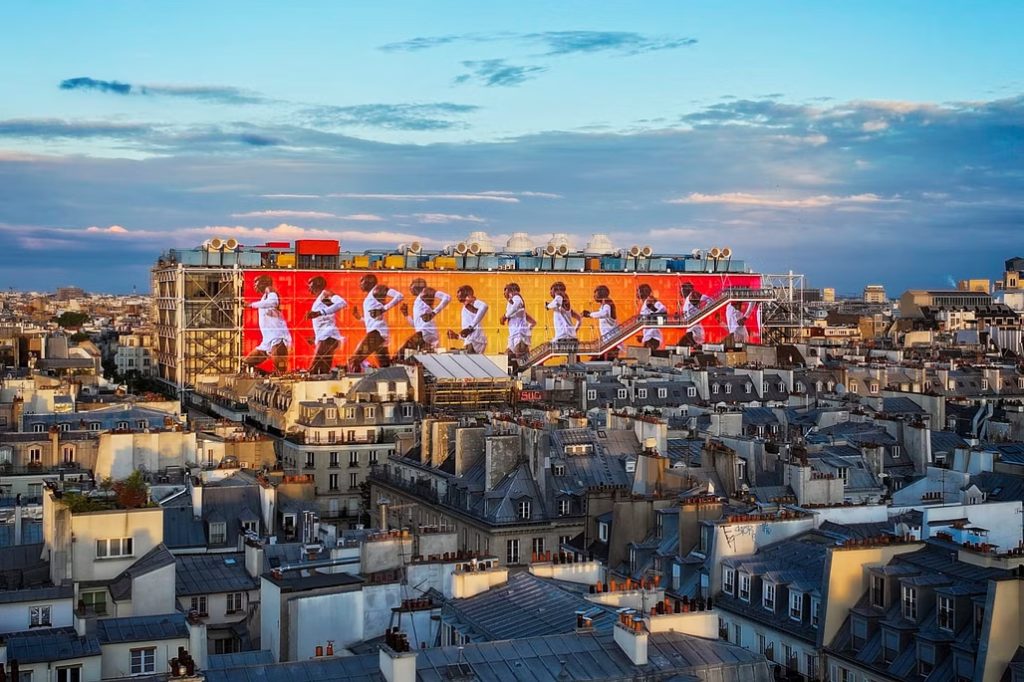
I am generally a man with a short attention span, half an hour at a gallery or exhibition is generally enough, an hour or more is exceptional. The Pompidou Centre maintained my rapt attention for over 5 hours with only the briefest stops for rehydration
(the above image is not my photo)
Objective of this Review
One could validly argue that 5 hours (on the 29th July 2024) is nowhere near long enough to review such an important and wonderful body of art, and I completely agree. So I hope only to inspire people to visit and provide a bit of guide to expectations and a few hints as to how to approach such an enormous collection
How to Start?
The building itself is an artwork. It has the famous scaffolding style exoskeleton and veins of pipes in different colours:
- blue – air conditioning
- yellow – electricity
- green – water
- red – people, via walkways and external escalators
When I visited, which was in the middle of the 2024 Paris Olympics, the building was also entirely wrapped in light panels effectively turning the whole thing into an enormous screen (see picture at the top of this post). You could still see the underlying structure of the building and external escalator system amid a dynamic video display. Dynamic and very cool
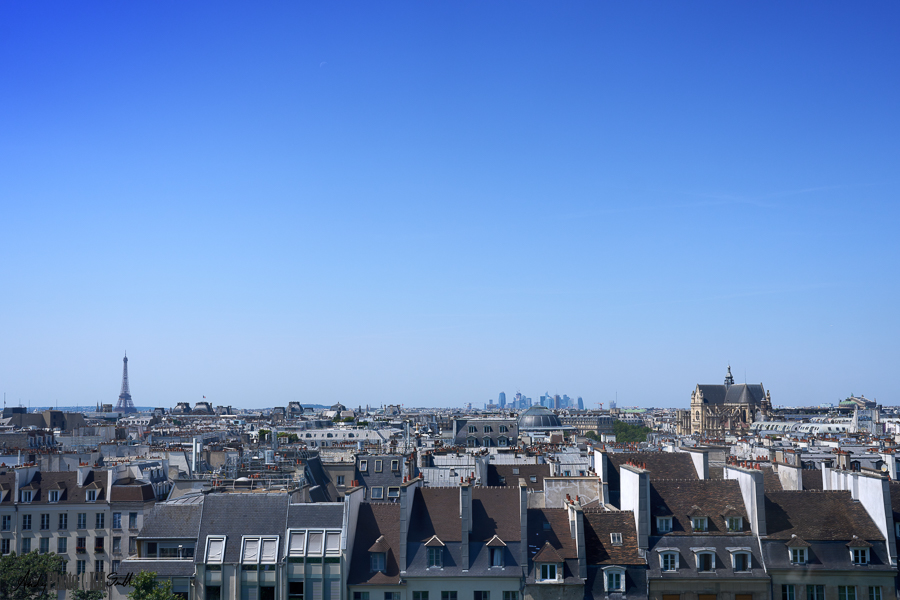
Once inside, the entrance hall is cavernous and intimidating, with very few signs – the only advice I found on-line was: “start at the top and work down” – and that meant heading for the external escalators, accessed via the internal escalators at the front left of the hall. Above, “Paris Skyline from Pompidou Centre 2024” – view from the 6th floor
Level 6 – Temporary Exhibitions
There are potentially two galleries at the top of the Pompidou Centre. In July 2024 only one was open, showing an exhibition of French Adult comics – the following is only one of several dozen exhibited showing the development of the Japanese Manga genre in Europe
At first glance, Barbarella, right, is easily mistaken for a Roy Lichtenstein. However, unlike Lichtenstein who created pop-art by coping comics, Jean-Claude Forest’s Barbarella was created as a character for an erotic sci-fi comic
As far as I gathered, storylines are based around Barbarella traveling through space having intimate encounters with alien beings. I have subsequently discovered (14th August) that this was made into a film staring Jane Fonda in 1968. This I didn’t know because at that time I had scarcely started primary school
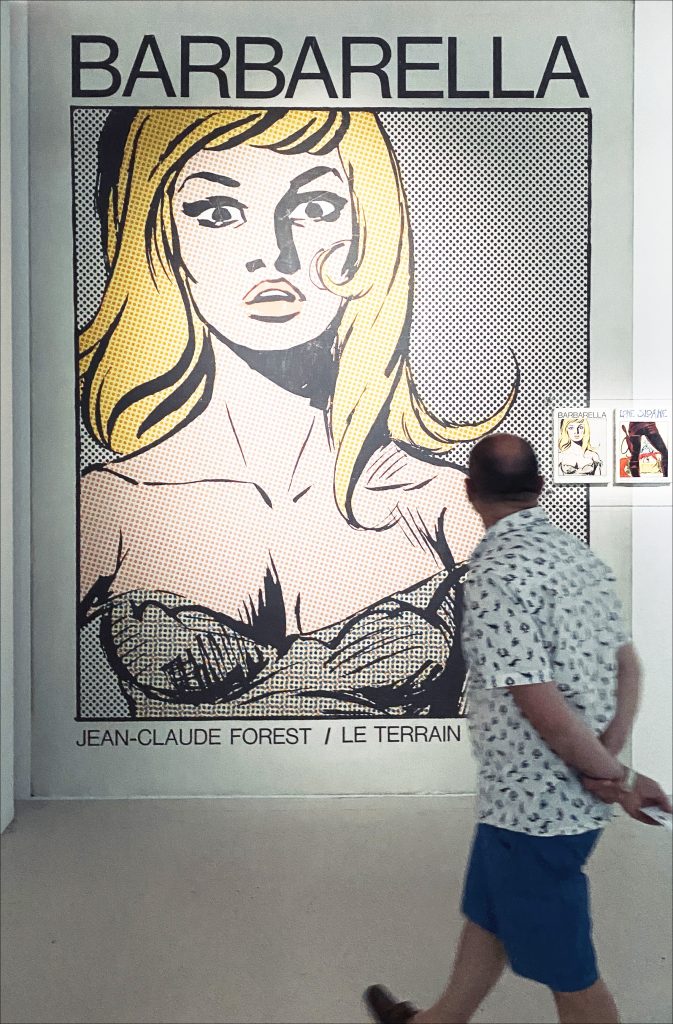
Rather more innocently, below is Lorenzo Mattotti’s 2009 “A Hard Rain’s A-Gonna Fall”, which is part of an installation entitled “Bob Dylan Revisited” with appropriate music
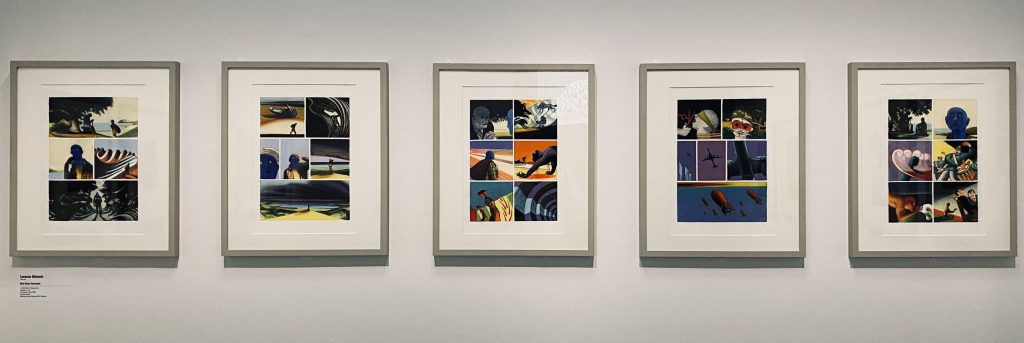
Level 5 – The Permanent Collection – Main Gallery
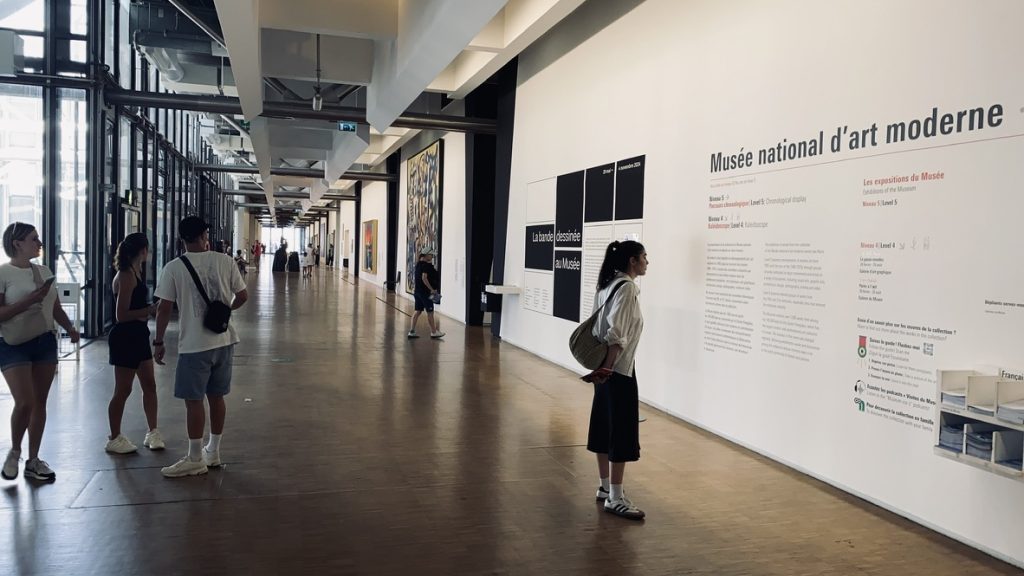
The core of the museum: catalogues, primarily French, art during the Modern period, c. 1920-1970; in a broadly chronological order. Although it seems impossible, at time of writing, I managed to completely miss the sections on Dada and Surrealism during my first (1½ hour) pass through this floor. I only discovered, for example the recreation of André Breton’s room below, upon revisiting in the afternoon
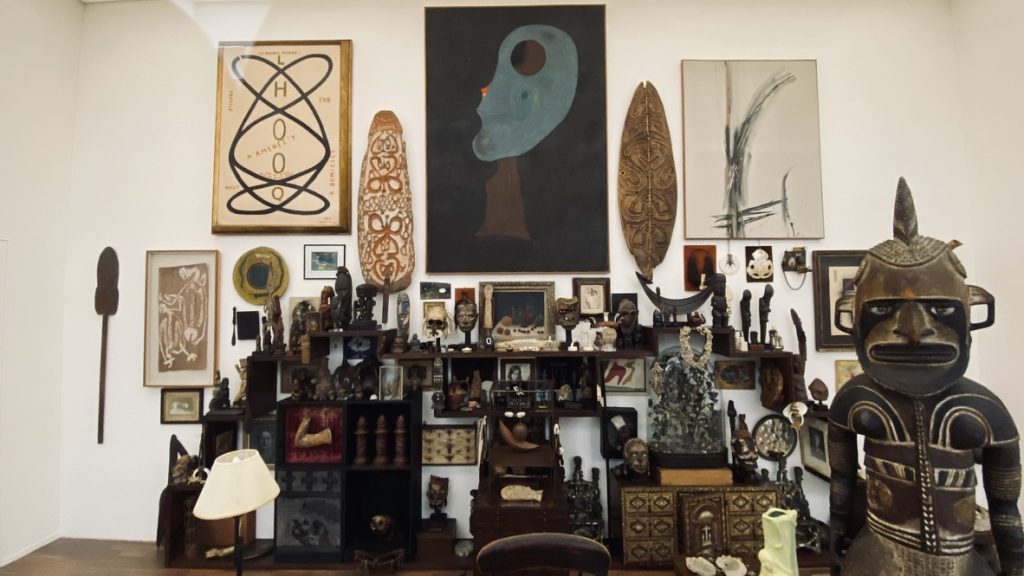
Breton’s collection: Picasso (centre), Francis Picabia, Joan Miro, Marcel Duchamp, Albert Giacometti, and what looks like a Joan Degottex (top right); also non-European objects reflecting his vision of “the eye in the wild state, free from all bondage”
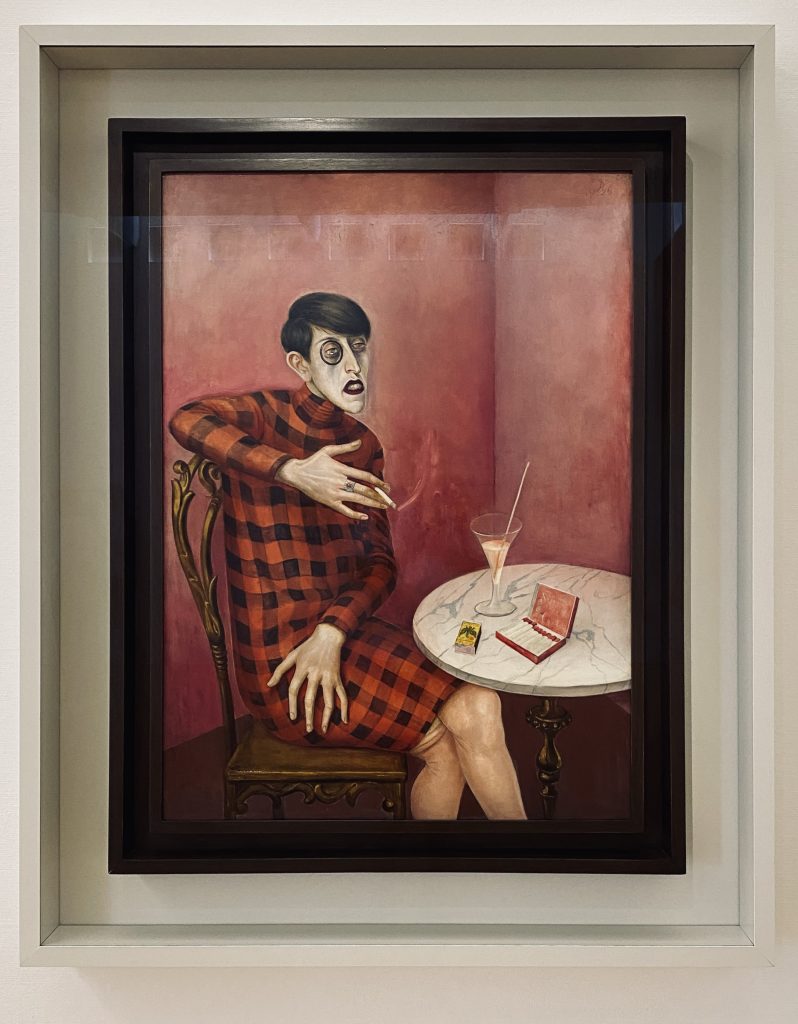
Otto Dix
1926, Portrait of the Journalist Sylvia von Harden
I have long been aware of this painting as a seminal work of the New Objectivists concerned “not with outward beauty but rather the psychological condition of the subject”
Objectively, the painting is a realistic depiction of a strong woman of the Weimar Republic in the period of relative prosperity between the world wars
I was delighted to stumble across this picture that I had heard so much about
New artist: Bang Hai Ja
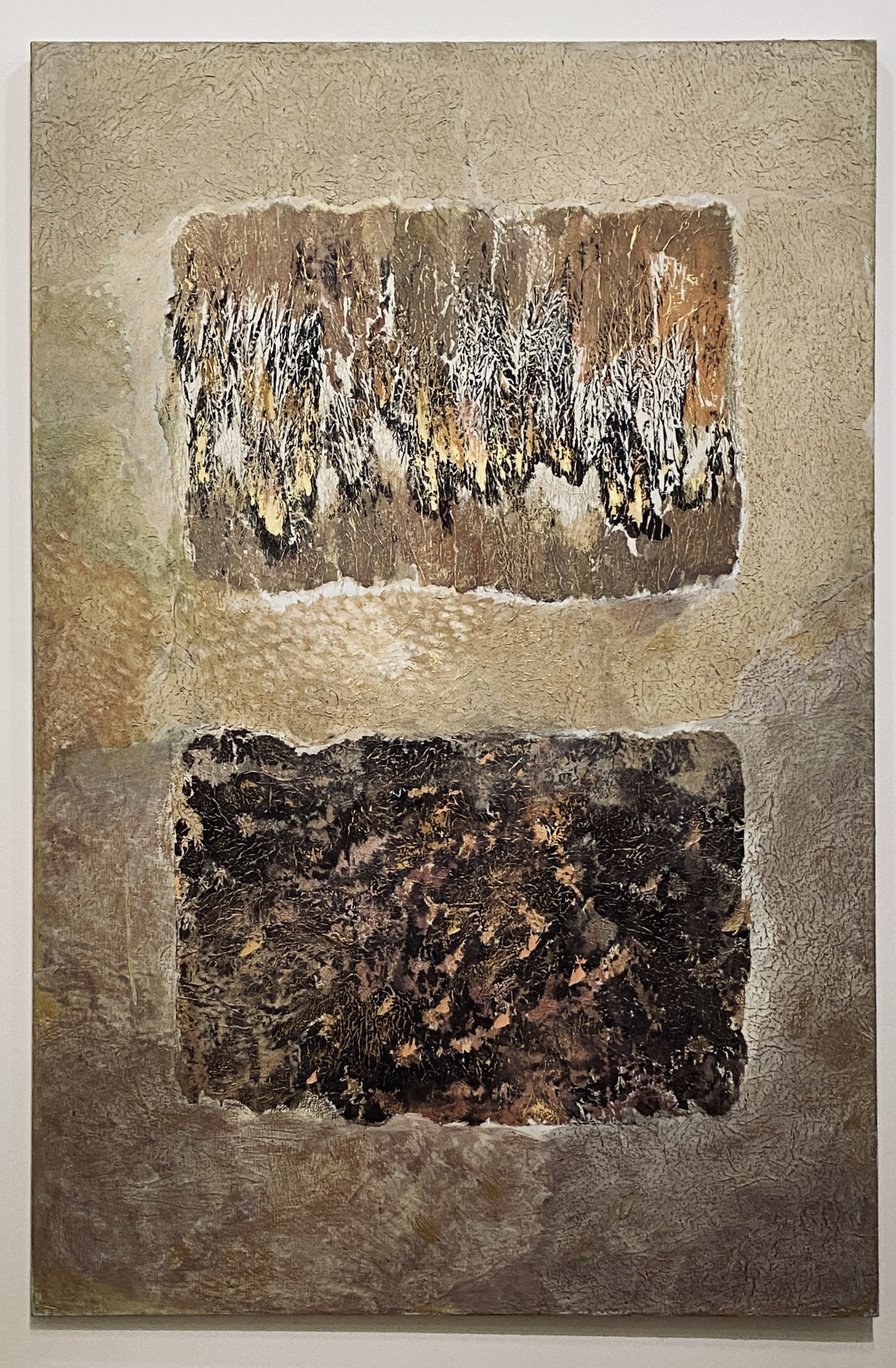 | 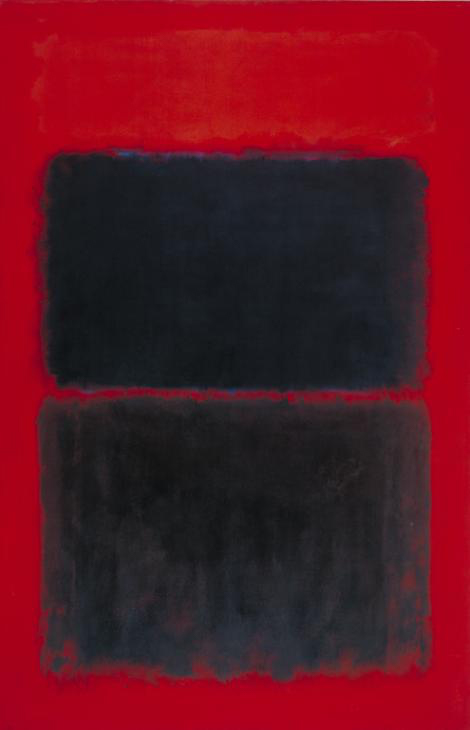 | |
| Bang Hai Ja | Mark Rothko | |
 | 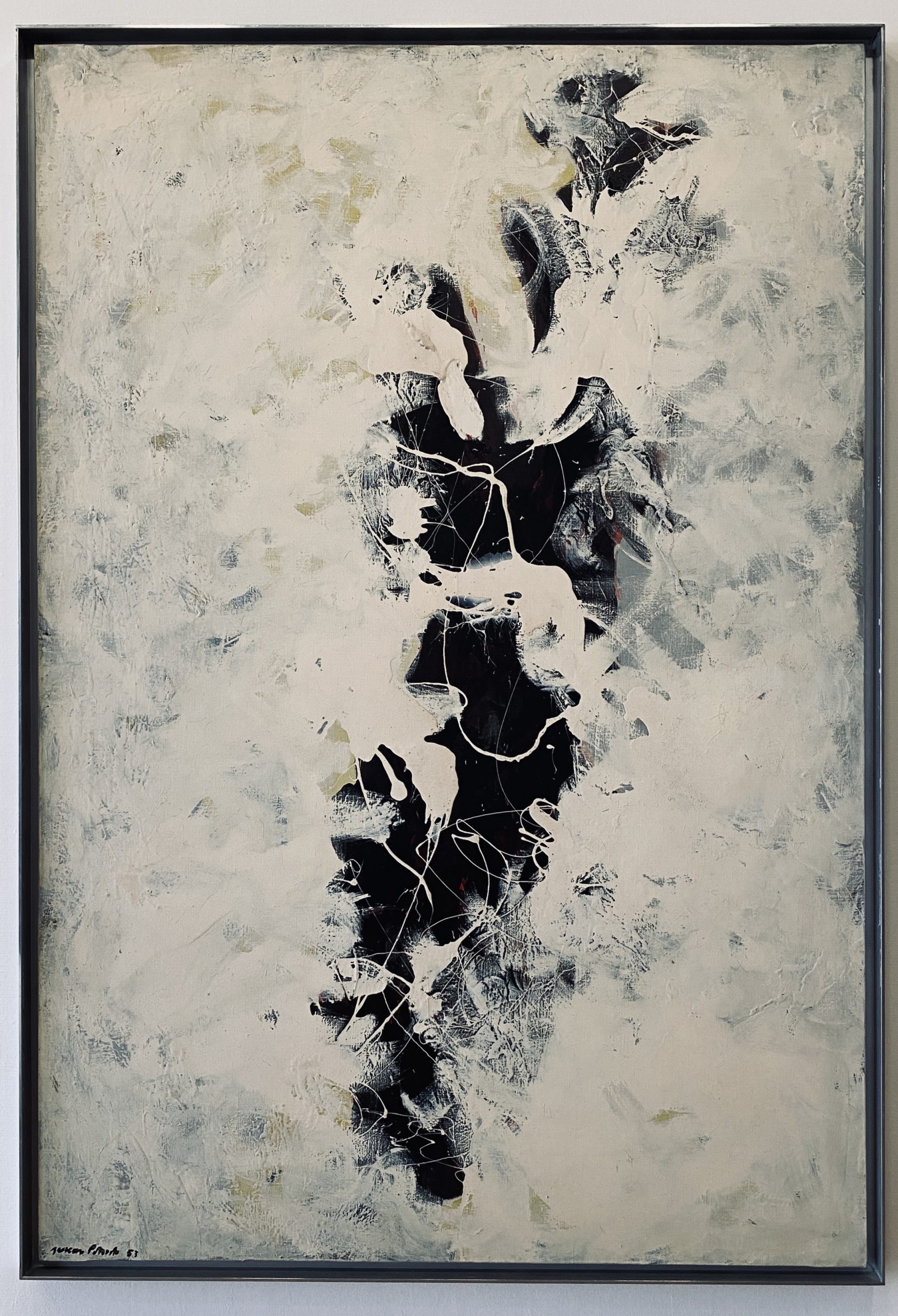 | |
| Bang Hai Ja | Jackson Pollock |
Bang Hai Ja bring South Korean paper making to abstract expressionism. Known as “the artist of light” her work is more positive and contrasts Rothko’s darkly meditative work. Both Bang Hai Ja and Pollock depict a fracture or schism in the paintings immediately above, and both capture the forbidding quality of the void
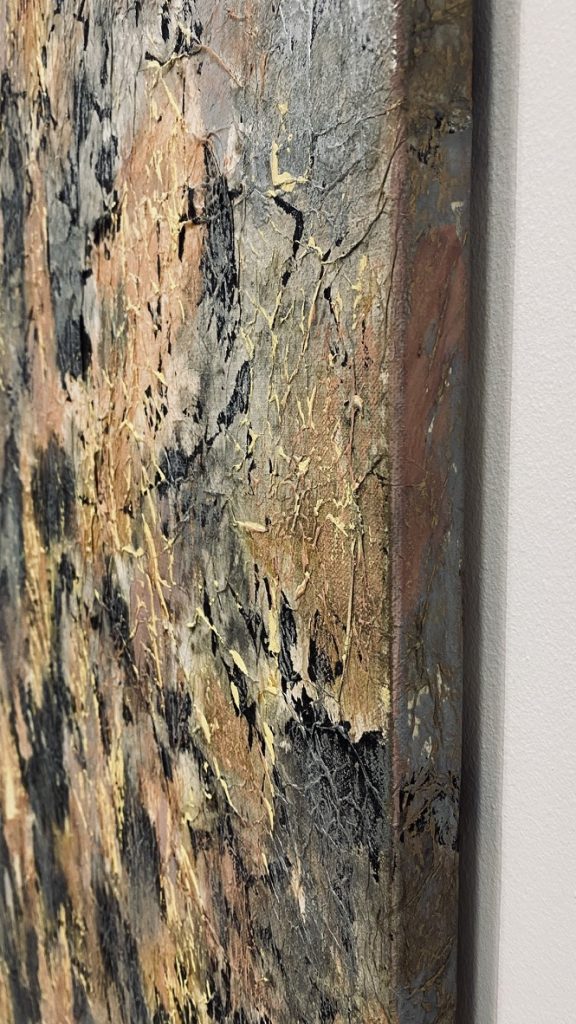
It is worth mentioning that the Pompidou Centre displays this work without glass – a brave decision I very much applaud
Rucksacks must be either carried or worn on one’s front – which, given the above, is more than reasonable
New artist: Jean Degottex
1955 – L’Espace dérobé
Lyrical Abstraction: a search for gestural expression without any attempt at symbolism
This work was apparently part of the Tate Modern’s Surrealism Beyond Borders exhibition, which I visited on 13th April, 5th May and 11th August 2022, and I’m ashamed to say it escaped my notice on both ocassions
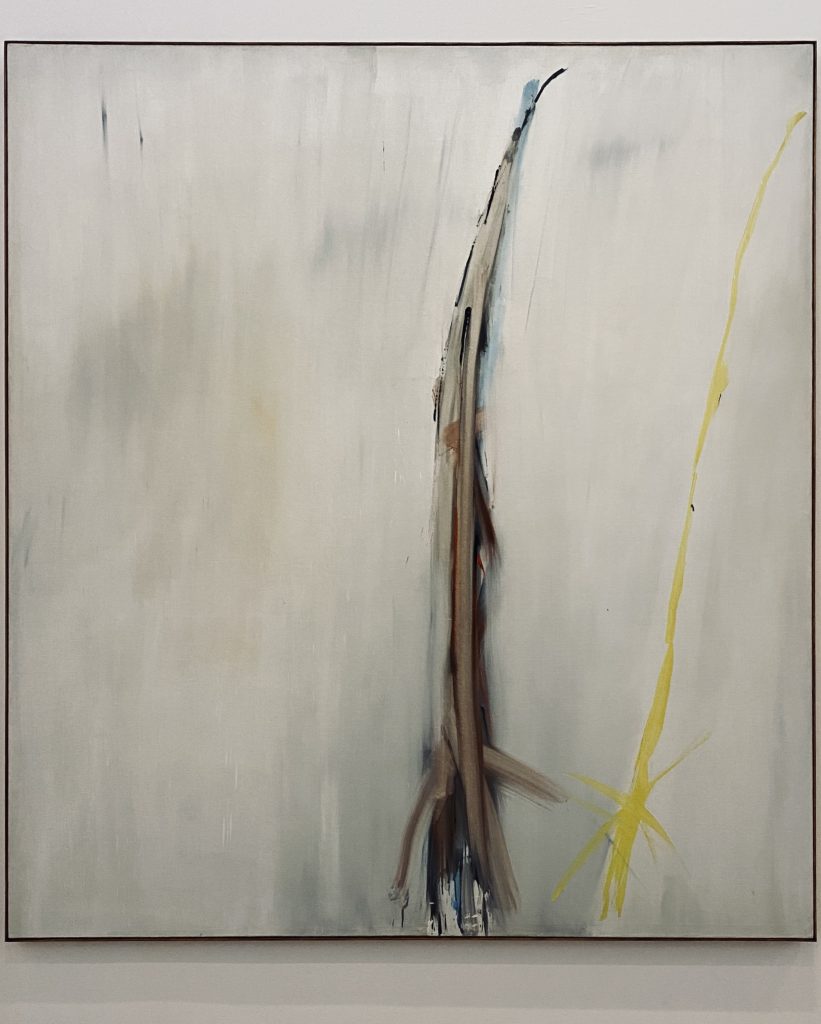
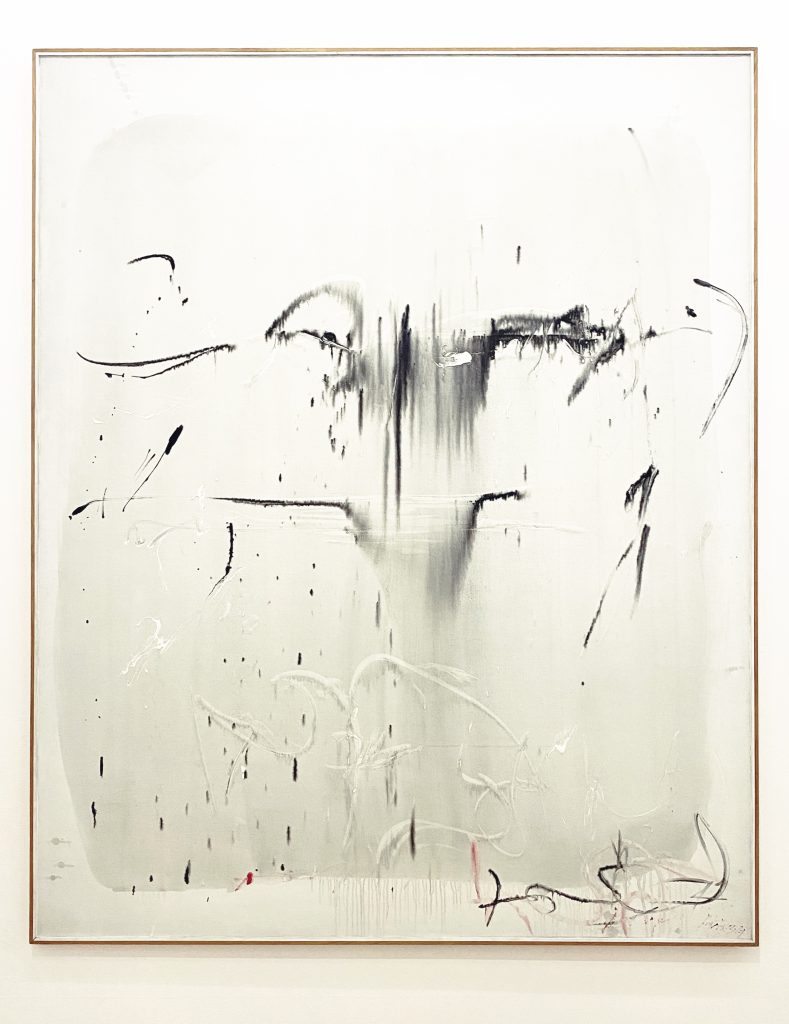
1961 – Furyu
The title suggests the Japanese concept of “a breath of wind” suggesting aesthetic sensitivity
André Breton compared this work to calligraphy devoid of semantic symbolism
As Degottex put it: “the downstrokes and the upstrokes in writing are a breath, I would like my painting to be one great breath”
1961, “Aware I”, below, is a slightly earlier work than the above. I love the rip through the centre of the image and the unfinished feeling at the base of all his paintings
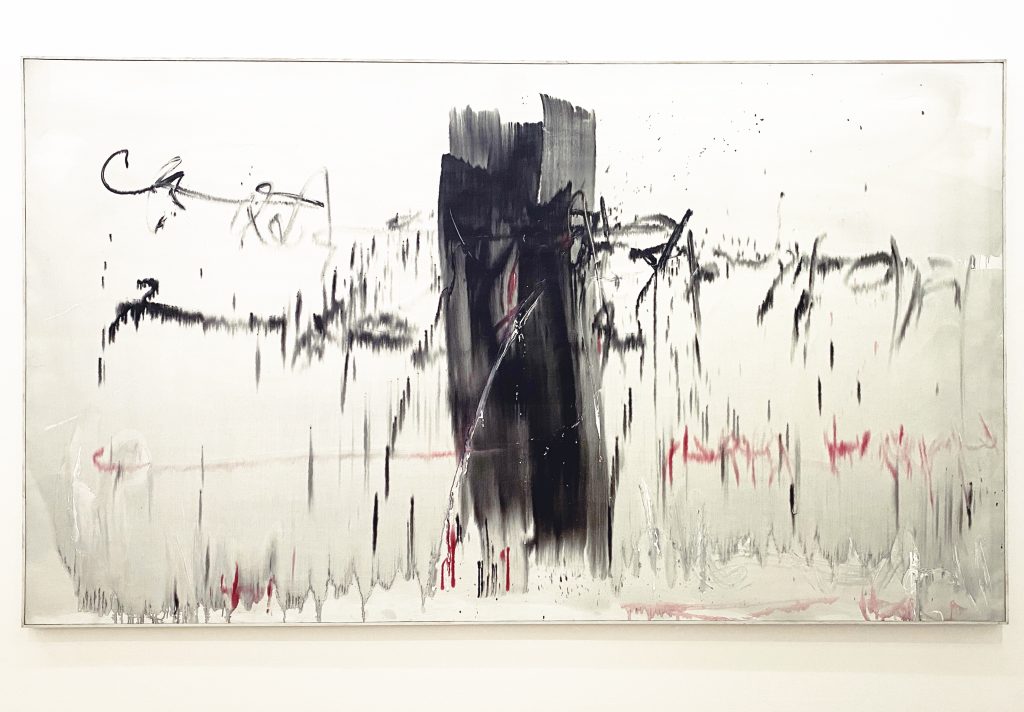
Level 4 – Contemporary Art Collection
This level holds newer acquisitions by the museum and generally less well known work. So it’s probably the equivalent of the Blavatnik Building of the Tate Modern housing what is often “less immediately accessible” work
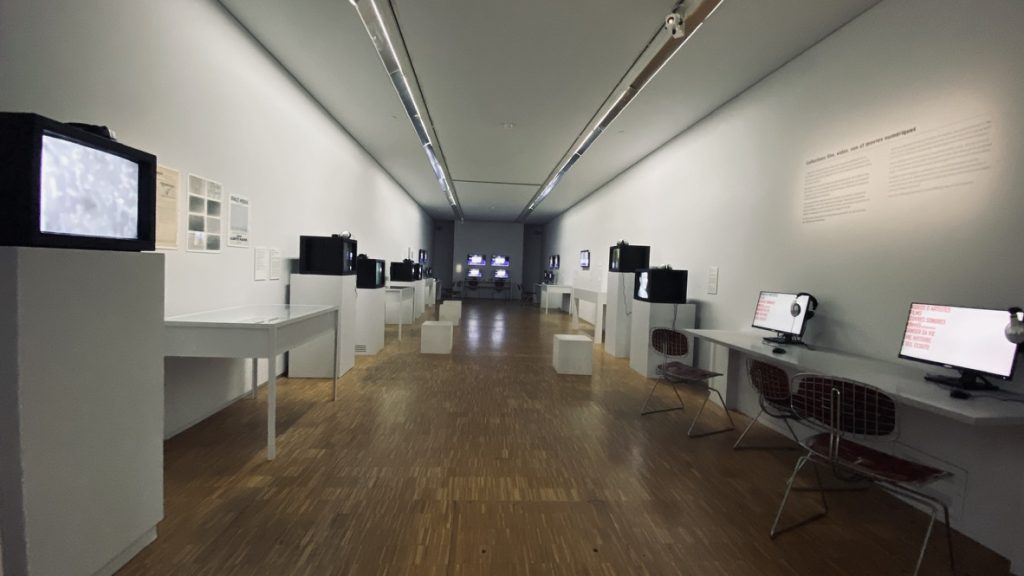
I enjoyed my time on this floor and found plenty of interesting works. However, if you were a progressive art skeptic, i.e., thought all modern and contemporary art was tosh, you would find plenty of fuel for your argument, e.g., the new media installation above. Although not €15’s worth of fuel, so you might be better off buying a beer in the cafe opposite the centre
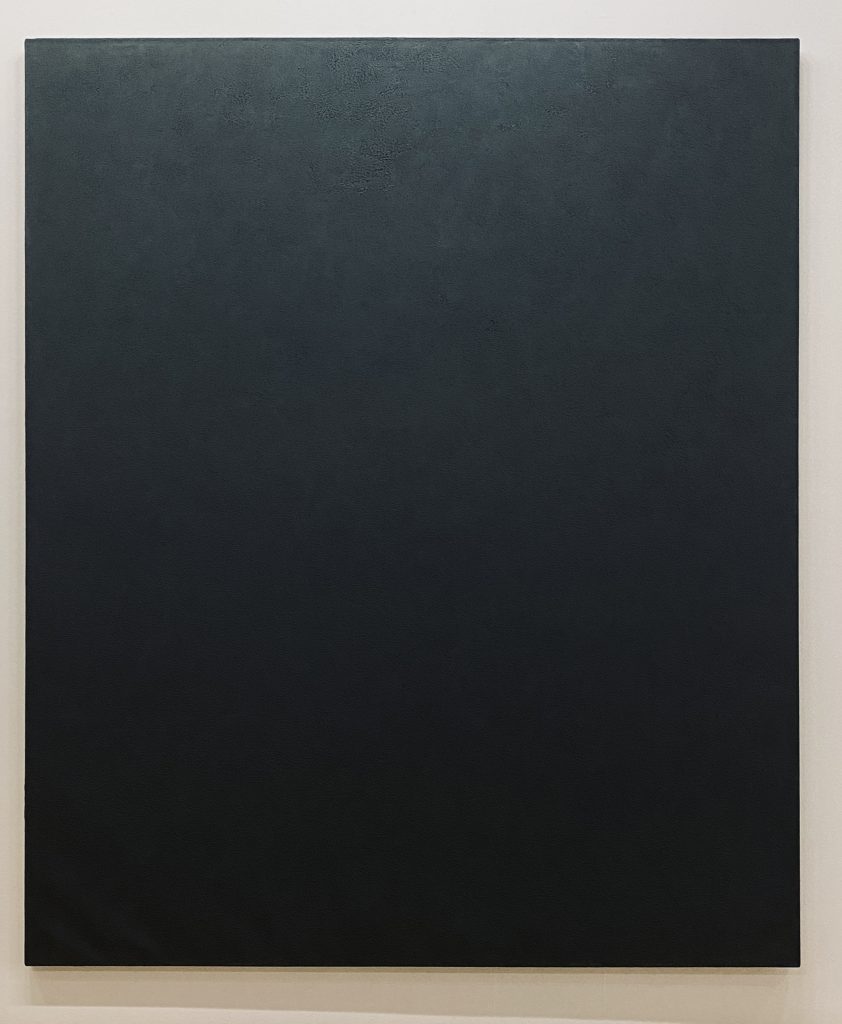
There are at least 3 large entirely black canvases:
Pierre Soulages, who pioneered the whole black on black thing; the art, I understand, is in the texture of surface
Yang Jiechang, “100 layers of Ink” a conceptual work and contemplation on the act of painting “without subject or skill”
Gerhard Richter, 1975, left, “Grey” actually grey is compared to the Yves Klein’s, 1959, Blue (IKB 79) hanging in the Tate Modern. The point of it: “to represent nothing at all, if not itself”
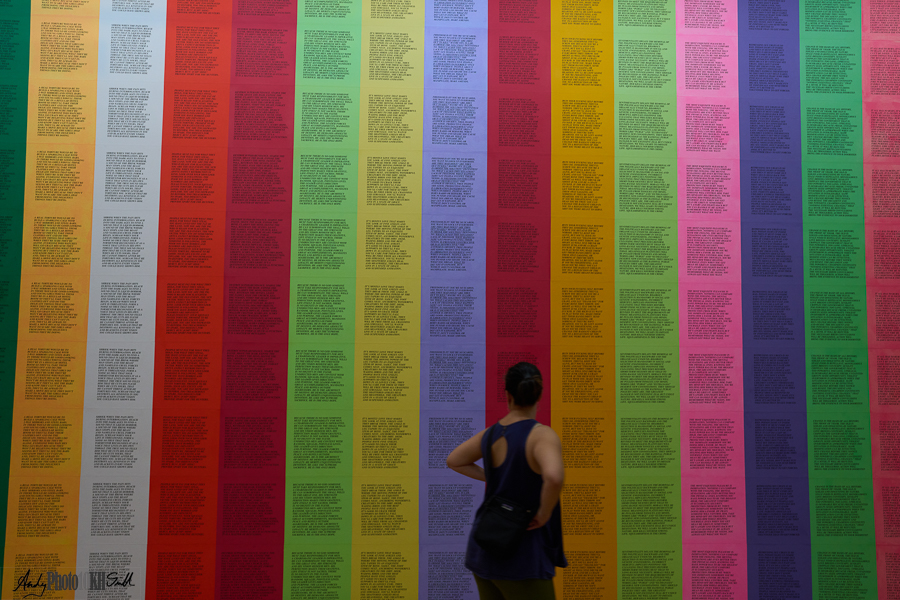
Jenny Holzer’s 25 Inflammatory Essays. There is a similar installation in the Blavatnik Building of the Tate Modern in London that I have walked past many times (e.g., 14th February 2019)
One essay, selected effectively at random, because it was on a white background and therefore easiest to read, right
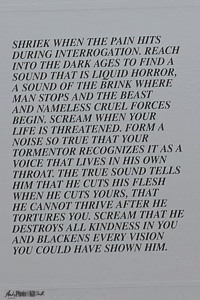
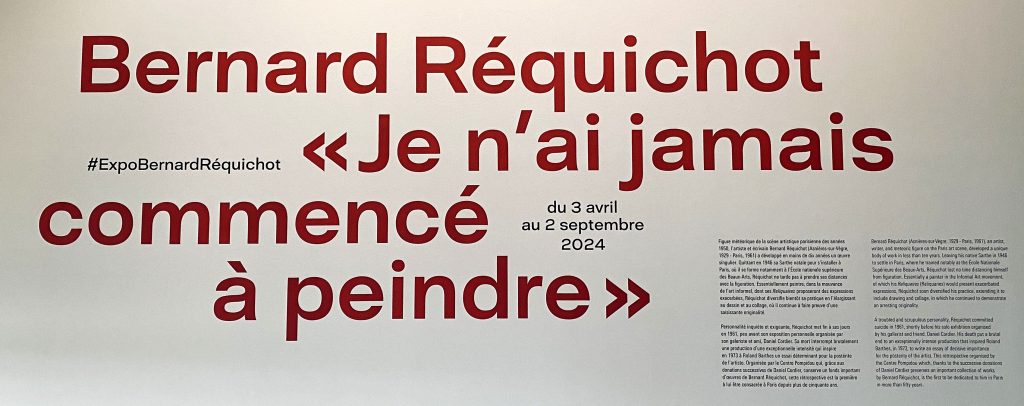
Retrospective of Bernard Réquichot: “A troubled and scrupulous personality, Réquichot committed suicide in 1961, shortly before his solo exhibition organised by his gallerist and friend, Daniel Cordier. His death put a brutal end to an exceptionally intense production that inspired Roland Barthes1, in 1973, to write an essay of decisive importance for the posterity of the artist. This retrospective organised by the Centre Pompidou which, thanks to the successive donations of Daniel Cordier preserves an important collection of works by Bernard Réquichot, is the first to be dedicated to him in Paris in more than fifty years”
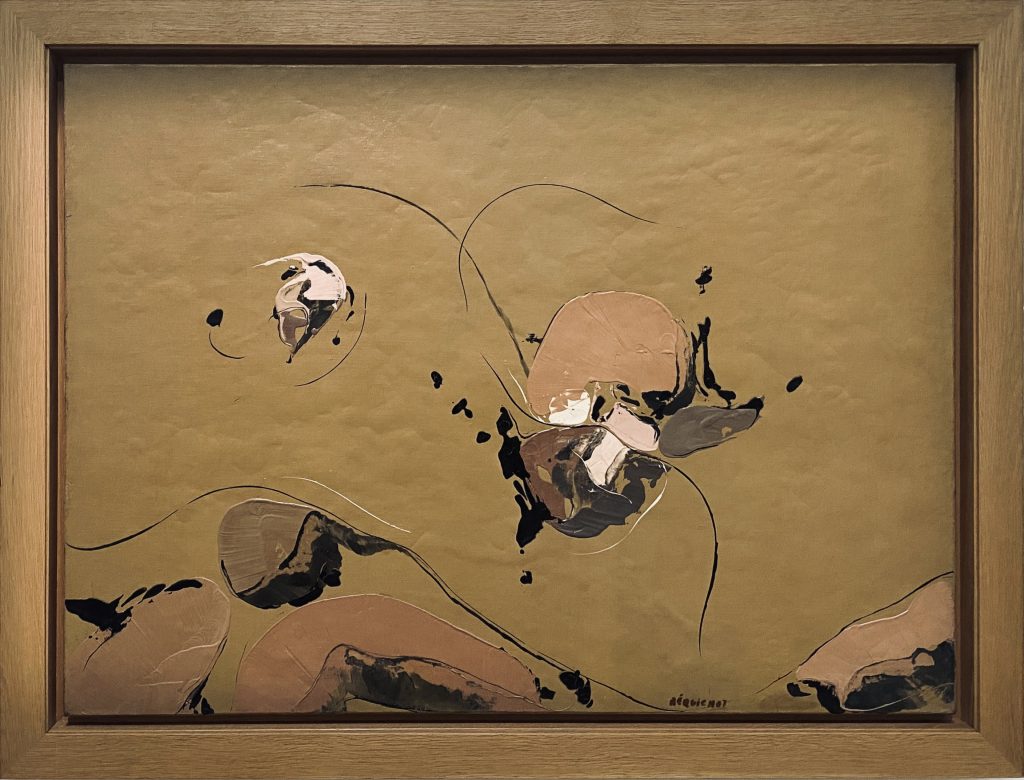
1956, Without Title, above is an example of Réquichot’s move away from cubism to gestural abstraction that derived its inspiration from observing nature
Level 3 – Kandinsky Library
Access by prior arrangement only
Level 2 – Public Library
A library, what can I say. Shelves of books, and lots of tables occupied by young people using laptop computers, presumably students
Level 1 – Gift shops and Cafeteria
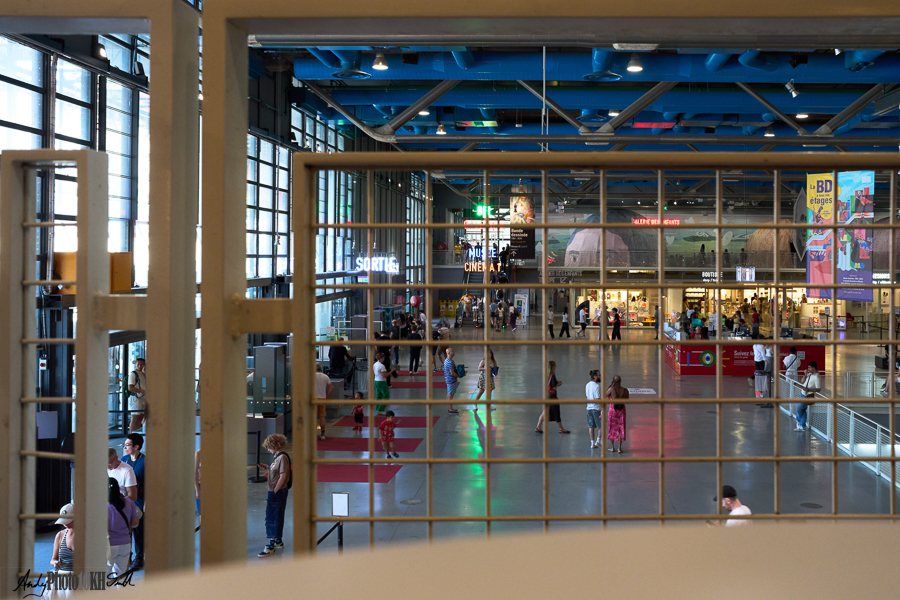
“Entrance Hall from Pompidou Centre Cafe”
Centre security red carpets to the left; behind these is access to the external escalators via the internal escalator leading to the Cinema
I cannot wait to go back
- My post about Barthes: “Roland Barthes’ Camera Lucida” ↩︎